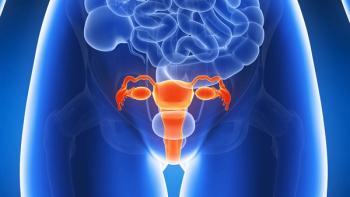
Opioid Reduction in Surgical Oncology Supported by Cultural Shift
A significant reduction of opioid use in patients after colorectal surgery was supported by clinician and patient compliance, says Ronald Bleday, MD.
A step-wise opioid reduction model for patients receiving colorectal surgery has been adopted by nursing staff, advanced practice providers (APPs), and patients alike, according to Ronald Bleday, MD, researcher on the study. Bleday, co-director of the Colon and Rectal Cancer Center at Dana-Farber Cancer Institute and section chief of the Division of Colorectal Surgery at Brigham and Women’s Hospital in Boston, Massachusetts, explained that a cultural shift helped make this possible.
The reduction plan included 3 yearly policy changes that standardized the prescription of narcotic pain medication. The study revealed a statistically significant decrease in opioid use at 6 and 12 months post surgery.
Bleday shared that a greater cultural shift unified patients and providers on efforts to reduce addictive pain medication. Part of the strategy for reducing narcotics includes not preemptively prescribing narcotics, and instead waiting until those pain medications are physiologically necessary.
Transcript
The residents, physician assistants, and the nurses are going to be the first to hear the complaint about pain. What we’ve been able to do is break the practice of saying, “Let’s get ahead of your pain,” because that is oftentimes just unnecessary. Narcotics are being given when the patient may not have a lot of pain or will have pain that can be taken care of with either intravenous or oral, non-narcotic medications.
The second thing is that the amount given on discharge has also been standardized. That was huge, because there were a lot of patients that didn’t need 30, 40, or 50 pills. Now that it’s all been standardized, that has helped reduce a lot of the problems in the community [setting]. We’ve gotten everybody on board with nursing to try to have patients minimize the amount of narcotics.
There has been a huge culture change. When we instituted these practices, the whole country was going from the thought that pain is the fifth vital sign, to minimizing narcotics. The patients are also good partners in this. Sometimes they refuse narcotic pain medicine, which, most of the time, is fine, because we have other tools to reduce their pain. Sometimes they do need a little because it’s physiologically hurting in the incisional pain. But the patients have been terrific over the last 5 to 8 years at buying into “getting rid of as much pain as possible, but without narcotics.”
This transcript has been edited for clarity and conciseness.
Newsletter
Knowledge is power. Don’t miss the most recent breakthroughs in cancer care.
















































































